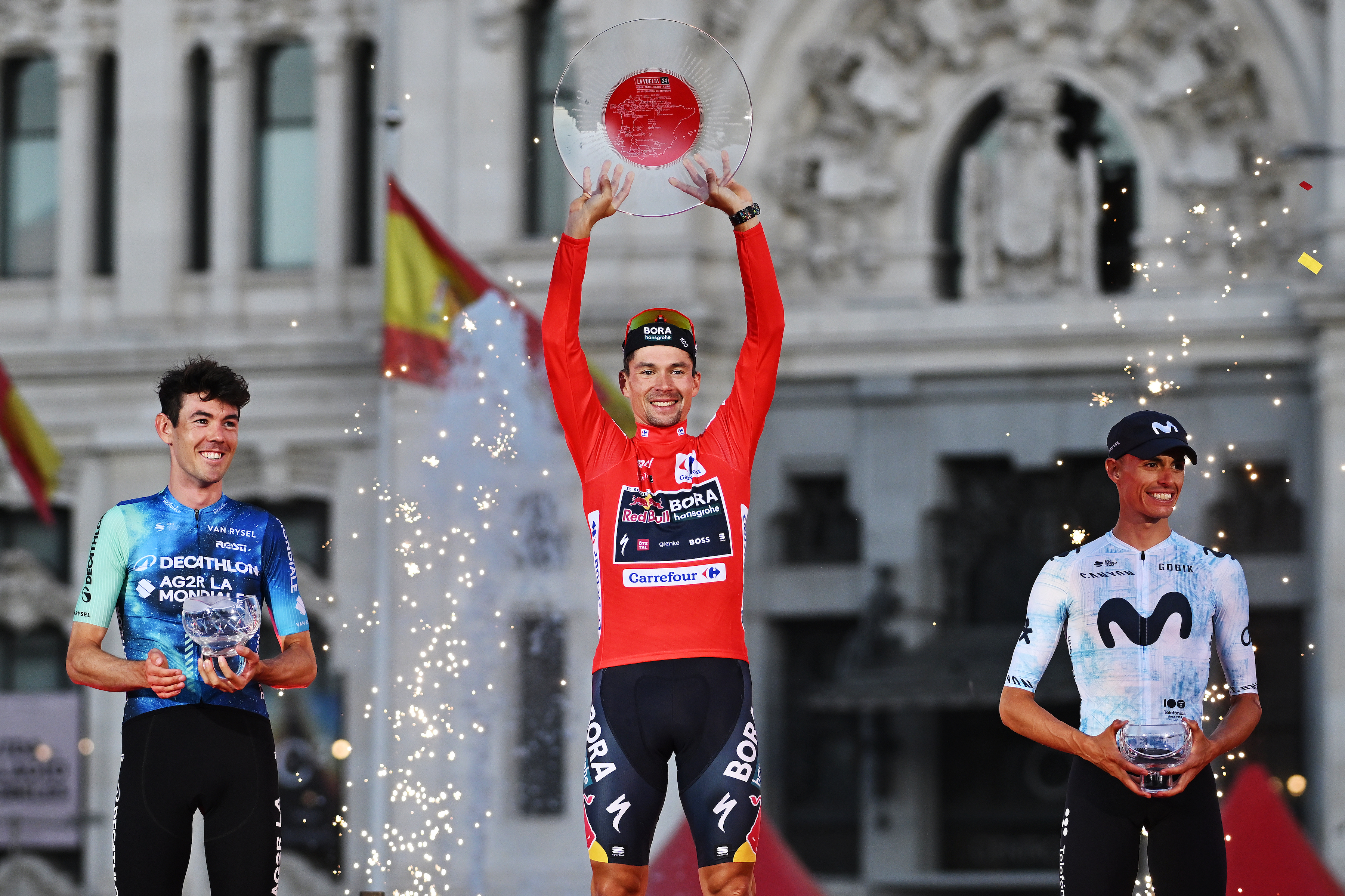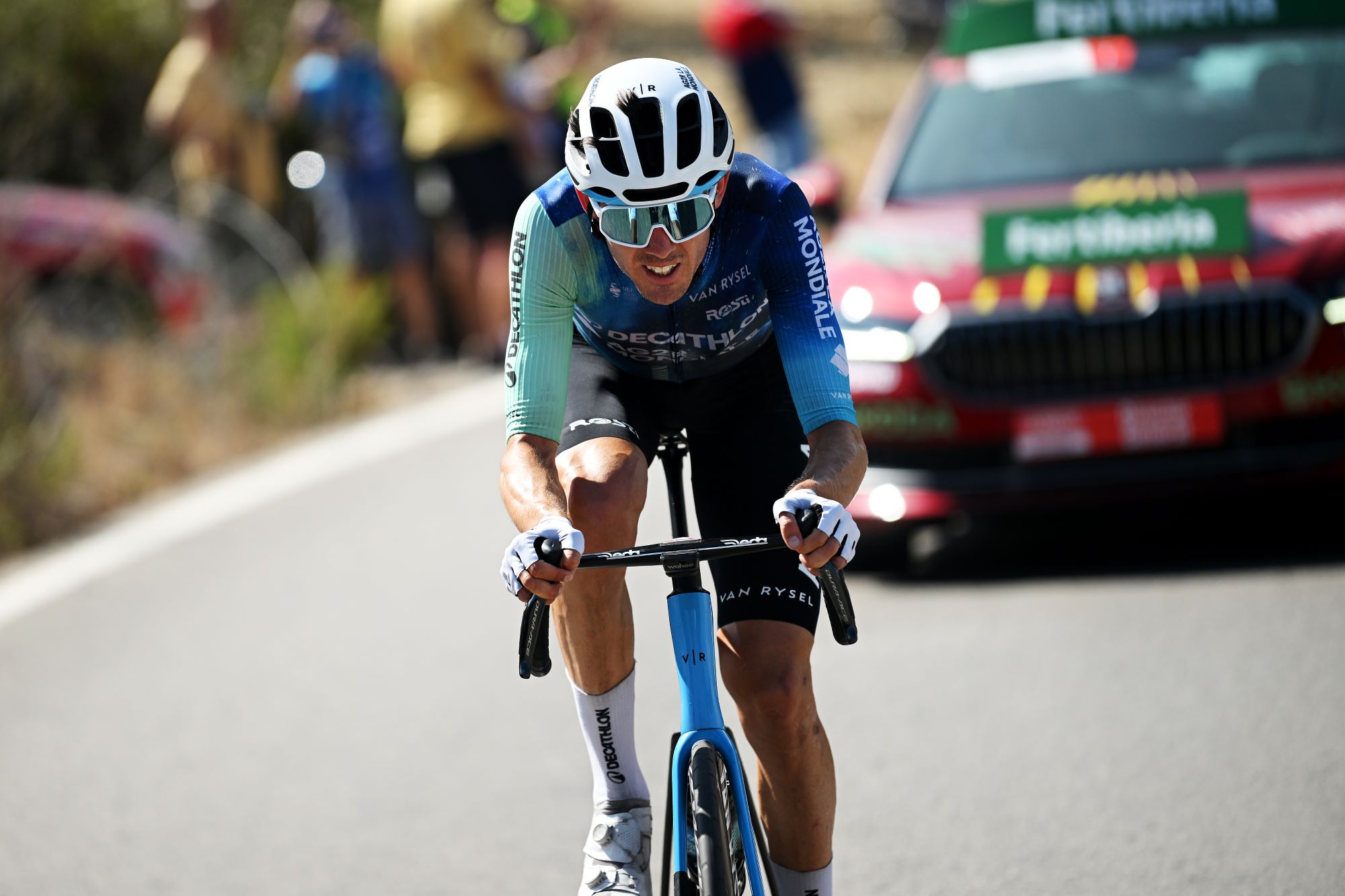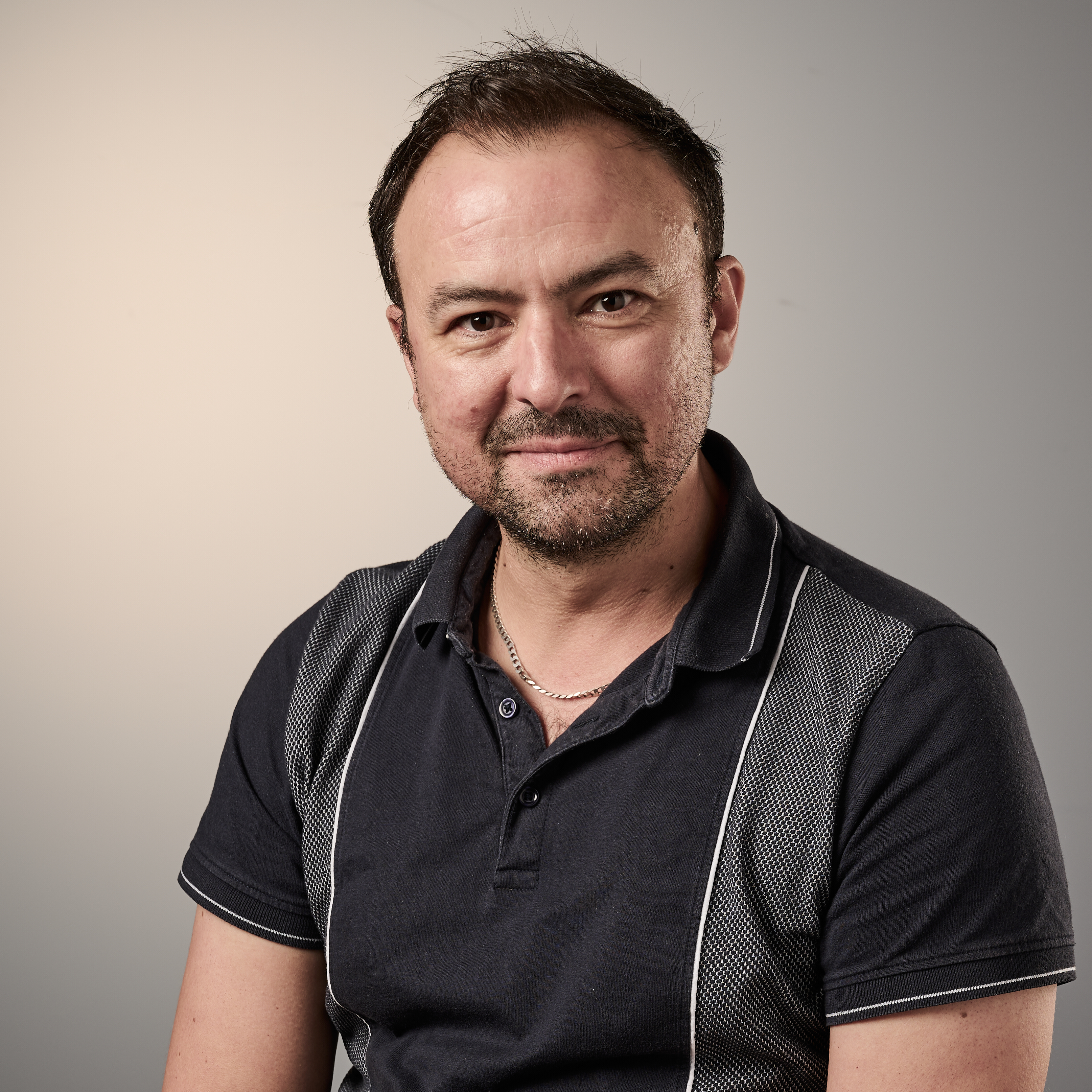Roglič on top, O'Connor a contender, and Kern-Pharma deliver: Five things we learned from the Vuelta a España
A thrilling edition of the Spanish Grand Tour left fans with plenty to ponder


The third and final Grand Tour of the year has been and gone, with the Vuelta a España drawing to a conclusion on Sunday with a final time trial around Madrid.
It was a thrilling race – a match for its Italian and French rivals in the three-week stakes – with a race-long duel between Ben O'Connor (Decathlon-AG2R La Mondiale) and eventual winner Primož Roglič (Red Bull-Bora-Hangrohe) for the GC, as well as a fascinating battle lower down the overall rankings and in the other classifications too.
As the dust settles and we start to look ahead to the World Championships in Zurich later this month, let's have a look at what we can take away from what was, mostly, another three-week treat for bike racing fans.
1. Primož Roglič is as good as he ever was
Despite cramming in a successful career as a ski-jumper before his successful career as a cyclist, the Slovenian has been around for a long time now. He has won a lot, but lately we have become used to seeing him come off worse, perhaps, than he deserves. See: multiple Tour de France-ending crashes, a compatriot who has stolen nearly all the Slovenian thunder (Tadej Pogačar), and team-mates who just will not pipe down and let him take the Grand Tour win he came for (Sepp Kuss).
So it will have come as a surprise to some and a relief to others to find the Red Bull-Bora-Hansgrohe rider with his form dialled up to 11 on this year's Vuelta a España.
He was perhaps a little too confident early on, allowing Ben O'Connor a near-five-minute GC lead. But his climb back to the top looked assured and inevitable, and while few won't have willed on O'Connor the underdog, it was also a pleasure to watch Roglič firing on all cylinders as he returned to the Grand Tour tree.

2. Ben O'Connor is a bona fide contender
Moments after crossing the finish line in the Vuelta's final time trial in Madrid on Sunday, Ben O'Connor rolled to a halt in front of cameras that showed, clearly, his happiness even before he lifted his helmet visa. And after doing so the Aussie could not hold back.
The latest race content, interviews, features, reviews and expert buying guides, direct to your inbox!
"Yes!" he shouted into the lens, pumping his fist as he did so.
It was O'Connor's first Grand Tour podium finish, and follows his fourth place overall at this year's Giro d'Italia. In Spain there was also the considerable pressure that comes with having to defend the leader's jersey for what was 13 days – the weight of performance expectation and the multiple press calls each day. There's no slinking off to the team bus if things don't go well.
The Decathlon AG2R La Mondiale rider will have learned from the experience and will take confidence from his high placings. In all likelihood he will return next year a Grand Tour rider reborn that we should all look out for.

3. Is Kern-Pharma the new Intermarché-Wanty?
It wasn't so long ago that Intermarché-Wanty was the plucky underdog, putting riders in every break that it could and, sometimes, coming out on top. The Belgian team could always be seen at the front in the Grand Tours, pushing along in a (usually) doomed escape but getting some great airtime all the same.
A few years back, Intermarché picked up a couple of Grand Tour wins and now, in 2024, it remains the plucky underdog to some extent but rivals take it seriously – it took three Tour de France victories thanks to Biniam Girmay.
Coming into this year's Vuelta, Kern-Pharma was that plucky underdog, targeting airtime in the breaks in the hope that maybe, just maybe, it could pick up a win. It was a strategy that paid dividends – at the end of the race the team was sitting on a haul of three stage victories taken in style on some of the race's harder days.
Step forward Kern-Pharma – 2025 and more wins await you.

Battling on the steep stuff
4. Sometimes, the steeper the better
Immediately the route for this year's Vuelta a España was revealed, it was obvious that it was going to be a very hard race. Eight summit finishes and plenty more mountains besides, it was clearly a climber's race, with few opportunities for the sprinters. 'Brutal' was a buzzword, and there were protests from some quarters that it was simply too much.
The route of the Vuelta has a tendency to be tough, but this year it feels like the race's route designer, former Tour de France podium finisher Fernando Escartin, has pushed it as far as he can.
Is a total of 10 mountain stages too much? Perhaps, though the riders themselves did not make a big noise about it, so perhaps not. However, one of the toughest aspects of the race was surely the plentiful steep slopes that defined some of the stage finishes.
These were exemplified by the hors-cat Cuitu Negru summit finish on stage 15 with its 24% ramps near the top, and the finish at Moncalvillo on stage 19, whose final 5.5km all averaged between 9.5 and 11.8%, with ramps of 16. A truly nasty business, and where Ben O'Connor finally ceded the red jersey.
Those stages featured some of the most enthralling battles, not to mention some of the most alarming grimaces, of the whole race, as riders really did leave it all on the vertiginous road.
Lose some of the mountain stages perhaps, but let's keep those steep slopes.
5. The Vuelta deserves space to grow
Or, for fans of '60s musicals, how do you solve a problem like the Vuelta? Because this race doesn't always get a fair rap, written off as an end-of-summer last chance saloon while all the big nobs are poolside toasting their Tour de France success. Or, at the very least, gathering themselves for a tilt at the World Championships.
This year's Vuelta was a reminder that it can be just as riveting as the Giro d'Italia or the Tour. But while it is always held in such close proximity to the latter, perhaps it will never get a fair crack of the whip. It's hard to race properly in two three-week races in three months. And then there's the August weather – high temperatures this summer saw one rider, Antonio Tiberi, retire with heatstroke.
Placing the Spanish Tour in the calendar has been a perennial issue for the UCI. It used to be in April, then it was shunted to August – pushed around to accommodate other races. Maybe, though, it needs another calendar tweak. Moved a week or two later could mean less hostile temperatures and more chance for Tour riders to recover and mount a concerted Spanish campaign.
Because the Vuelta a España has a lot to offer, and it's a shame to miss out on that.
After cutting his teeth on local and national newspapers, James began at Cycling Weekly as a sub-editor in 2000 when the current office was literally all fields.
Eventually becoming chief sub-editor, in 2016 he switched to the job of full-time writer, and covers news, racing and features.
He has worked at a variety of races, from the Classics to the Giro d'Italia – and this year will be his seventh Tour de France.
A lifelong cyclist and cycling fan, James's racing days (and most of his fitness) are now behind him. But he still rides regularly, both on the road and on the gravelly stuff.
